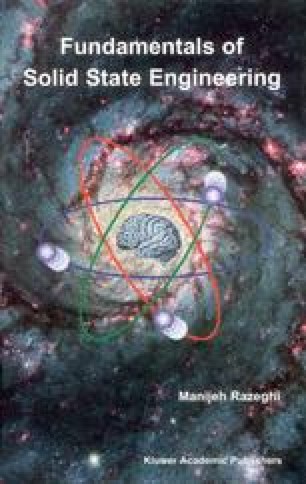
In the two decades, researchers have measured with ever increasing precision the isomer’s energy, the precise value of which is required to develop lasers to drive the transition to the isomer.

531, 1800381 (2019))Įver since 2003, when Ekkehard Peik and Christian Tamm proposed a nuclear clock based on the transition between the ground state of the thorium-229 nucleus and the first, higher-energy state (called an isomer), researchers have been racing to observe and characterise this nuclear transition. For instance, it could allow researchers to look for variations over time of fundamental constants of nature and to search for ultralight dark matter. In addition, it could serve as a sensitive tool with which to search for new phenomena beyond the Standard Model, currently the best description there is of the subatomic world. Such a nuclear clock could be more precise than today’s most precise atomic clocks, thanks to the different size and constituents of a nucleus compared to those of an atom. In a paper published today in Nature, an international team at CERN’s nuclear physics facility, ISOLDE, reports a key step towards building a clock that would be based on a periodic transition between two states of an atomic nucleus – the nucleus of an isotope of the element thorium, thorium-229.

Based on periodic transitions between two electronic states of an atom, they can track the passage of time with a precision as high as one part in a quintillion, meaning that they won’t lose or gain a second over 30 billion years – more than twice the age of the Universe. Atomic clocks are the world’s most precise timekeepers.


 0 kommentar(er)
0 kommentar(er)
